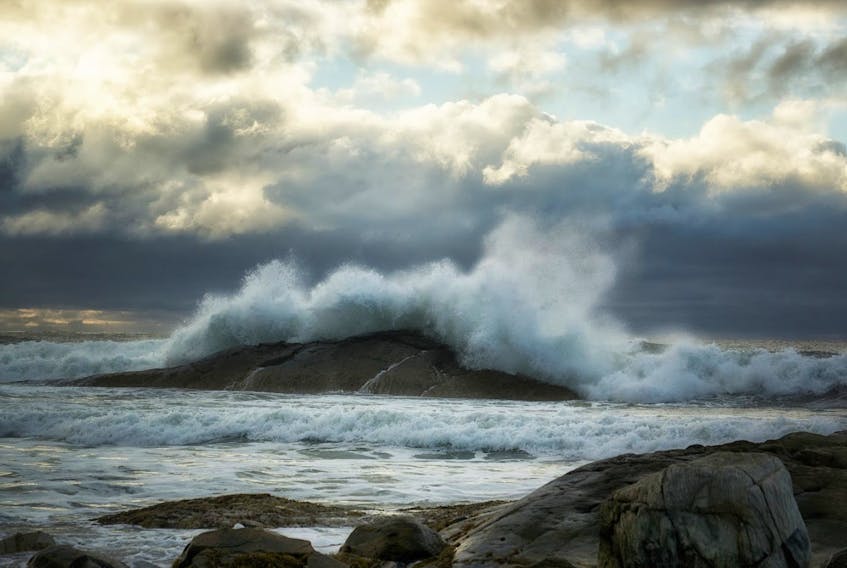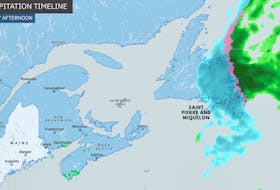Last week was breezy; it’s about to get worse. With two more powerful fall storms on the horizon this week, we have not seen the last of the wind warnings!
Every system is different and has a unique pressure gradient and wind field but, generally speaking, fall is our windiest season. To understand why, there are two important things to remember. First, wind is a result of air flowing from high pressure to low pressure. Second, cold air is heavier than warm.
In the fall, barometric pressures rise in the polar regions as cooling occurs with the approach of winter. Meanwhile, temps in the mid-latitudes remain quite warm, so pressures remain lower there. Now you have the planet trying to equalize the pressures, and the high pressure flows toward the low pressure. The movement of air molecules is wind. The greater the difference in pressures, the windier it gets.
It’s generally less windy in the summer because pressure gradients – the differences in pressure – aren’t as strong because there is no deep cold air. During the warmer months, the air travelling from the high to the low does not travel as quickly.
While we’re on the topic of wind, did you happen to notice the wind direction on the day of the fall equinox? Grandma used to make a point of it. The wind direction at the precise moment of the equinox was believed to give you an idea of what the weather would be for the upcoming winter.
A south wind meant a mild winter. If the wind was from the north it would be cold. An east wind would bring lots of damp weather and a west wind was dry.
On Sept. 22 at 10:54 p.m. the wind was – with very few exceptions – from the northwest across all of Atlantic Canada. Grandma would tell you that the upcoming winter will be cold and dry.
Time will tell. In the meantime, don’t rush to hang your outdoor Halloween decorations this week – they could be someone else’s by Sunday.









